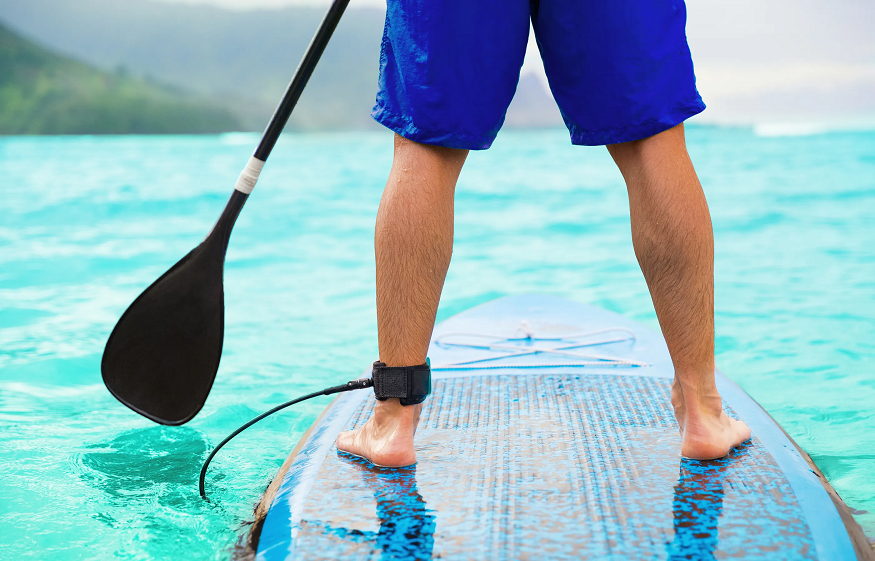Following the summer, many outdoor enthusiasts, especially those who favor watersports, are likely to put their equipment into storage. No longer will the season accommodate a last-minute dip in the sea or a weekend of surfing. Instead, it is time to hibernate and stash boards and paddles until the warm weather returns.
The process of storing watersport gear is, however, not as simple as you might believe. In fact, watersport equipment can require particular environments or accessories if it is to retain its condition and quality until the following summer.
To show you how, here are five key considerations for those stashing their gear until the new year.
Sunlight
While it may not seem like much of a danger for the typically robust equipment associated with watersports, sunlight poses a number of issues. Boards that are left exposed to regular sunlight, even for a period of a few months can be dramatically affected.
This can happen visually, with prints and designs beginning to fade over time, losing their initial vibrance, but also physically, with the glue used to bind seals being gradually worn down, reducing its integrity. For inflatable paddleboards, this can be problematic and, over time, prevent them from retaining their air pressure.
Damage Prevention
A common occurrence for equipment being stored for long periods of time is accidental damage, generally by being knocked into a harder item or surface. This, however, is only an issue for equipment that is stored without proper encasing.
Items, such as boards and paddles, that have been stored safely, retain their quality and condition for greater lengths of time, continuing to look great each year.
Dry Environment
While watersport equipment is, by its very design, made for the wet conditions of seas, lakes, and rivers, it will not hold up well if kept in damp conditions for prolonged periods of time. Mold, for example, can easily develop if equipment is not properly dried off after an excursion or if it is kept in an environment prone to dampness.
As such, be sure that your equipment is stashed away in a dry and well-ventilated environment so as to prevent any tarnishing over the winter period.
Storage Space
Depending on storage options at home, having a large item, such as a full-sized solid paddleboard, can be very problematic as they take up a considerable amount of room. As such, it is worthwhile to consider your home’s storage space before investing in a certain piece of equipment. With many modular and compactable options, such as inflatable paddleboards, equipment can take up less room.
Clean It Up
Once home, all equipment should be cleaned before entering storage. Not only will residual moisture encourage the aforementioned issue of mold, but other environmental elements, like salt and sand, can gradually wear away equipment, reducing their aesthetic quality and performance value.
Be sure to remove all substances, such as wax, from your equipment, ensuring that it is clean and dry before being kept in storage. This way, when summer returns, it will be just like new.

